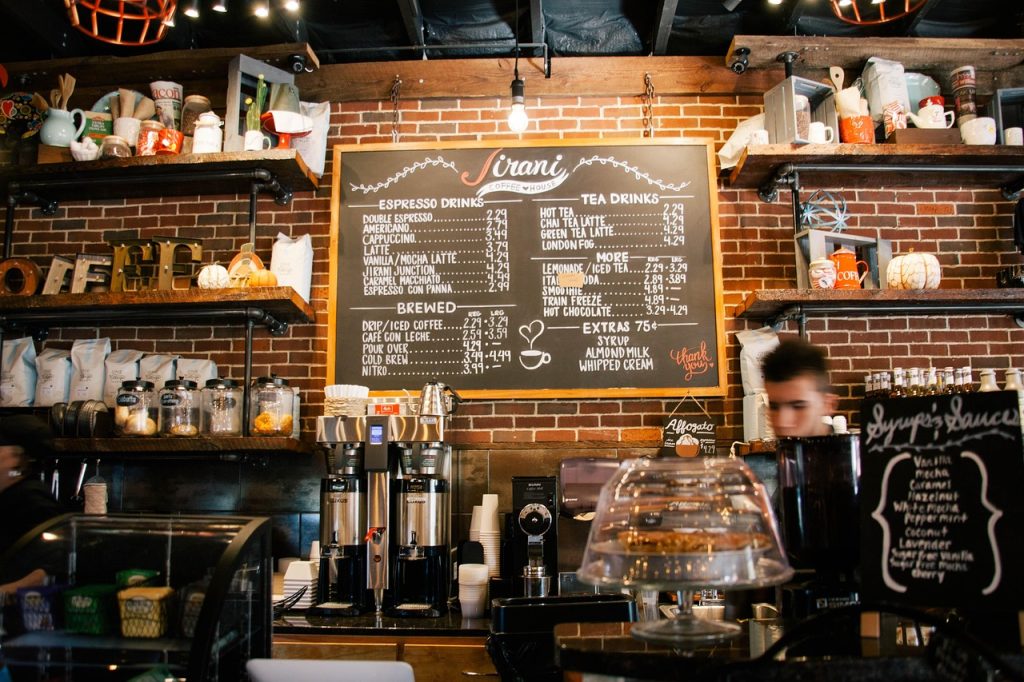In an era where customer engagement is paramount, restaurant brands are handing over the reins to their patrons by inviting them to influence menu decisions. This innovative approach comes as a response to dwindling foot traffic and fierce market competition. By tapping into the desires and preferences of their customers, chains are not only fostering a sense of community but also ensuring their offerings resonate more deeply with their audience as reported by Nation’s Restaurant News. This strategy could well be the lifeline struggling restaurants need to rekindle interest and loyalty.
The move towards customer-driven menus reflects a broader trend of personalization sweeping the food industry. Brands are recognizing that consumers crave authenticity and connection, and what better way to achieve that than by giving them a voice in the culinary creations they enjoy? This participatory model not only enhances customer satisfaction but also provides invaluable insights into emerging tastes and preferences. As more chains adopt this model, it sets the stage for a more interactive dining experience that could redefine how menus are curated.
This strategy of involving customers in menu development is not just a gimmick; it’s a calculated effort to win back trust and patronage. For chains struggling to maintain their market share, this could be a game-changer, allowing them to differentiate themselves in a crowded marketplace. By leveraging the collective creativity of their customer base, these brands can introduce new, exciting offerings that stand out. The potential for creating a menu that genuinely reflects the desires of its diners is an enticing prospect for any brand aiming to stay relevant.
As we look to the future, this trend could transform the dynamic between diners and dining establishments. Could we see a shift where customers are not just passive consumers but active participants in the culinary process? This democratization of menu creation is a forward-thinking approach that could lead to more vibrant and diverse dining options. The question remains: will this collaborative approach be the key to revitalizing the restaurant industry, or will it become just another fleeting trend?


